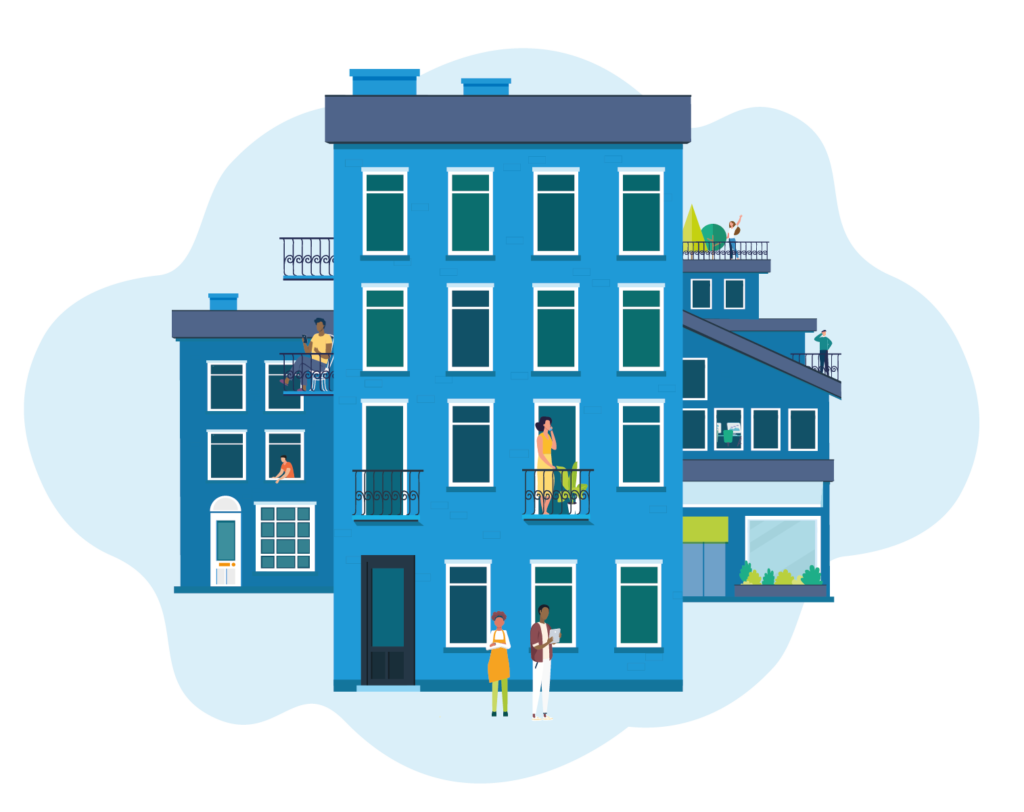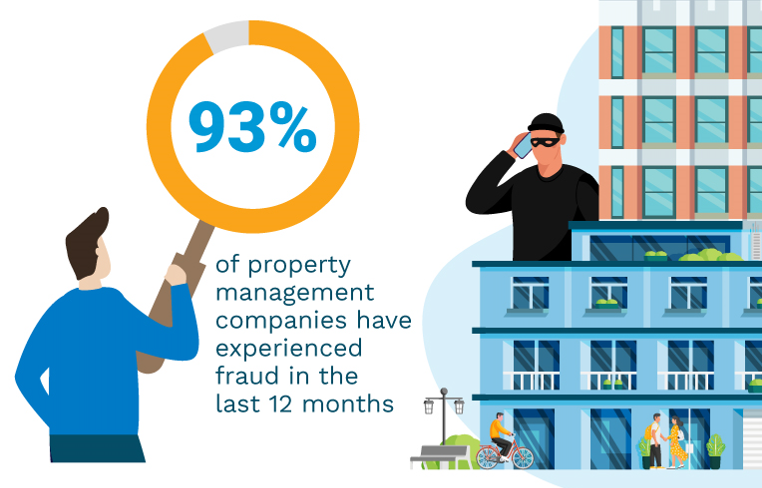Reducing maintenance costs: Essential tips for multifamily rental property landlords
Reducing maintenance costs is understandably a top priority for multifamily property landlords. Efficient property maintenance not only saves you money but also enhances tenant satisfaction.
In fact, studies show that proactive maintenance can reduce overall costs by up to 30%! With rising maintenance costs due to aging buildings and increasing labor prices, finding cost-effective strategies is more crucial than ever.
In this guide, we’ll dive into essential tips for managing rental property maintenance costs. Keep reading as we provide industry expertise and innovative solutions so you can stay on top of everything from routine upkeep to unexpected repairs.
What constitutes maintenance costs in rental properties?
Maintenance expenses typically include regular upkeep, unexpected repairs, and planned upgrades. Properly categorizing these expenses aids in financial planning and cost control. Recognizing the different types of maintenance can help you allocate your budget more effectively.
Difference between routine maintenance and unexpected repairs
Routine maintenance includes tasks like lawn care, HVAC servicing, and minor repairs. These regular activities help prevent bigger problems down the line.
In contrast, unexpected repairs are sudden issues such as plumbing or electrical failures. These require immediate attention and can be costly. Having a clear plan for both types of maintenance is essential to avoid financial surprises.
Average maintenance costs for rental property
The average maintenance cost for rental property depends on property size, age, and location. It should cover routine maintenance, repairs, and financial surprises. While there’s no one-size-fits-all number, several guidelines can help you estimate your costs.
-
- The 1% rule: The 1% rule suggests setting aside 1% of the property’s value per year for maintenance.
- The square footage rule: The square footage rule recommends budgeting $1 per square foot annually.
- The 50% rule: The 50% rule advises reserving half of the annual property rent for maintenance costs.
- The rental property age rule:
-
- 2% of monthly rent for properties under five years old.
- 4-5% of monthly rent for properties 5-10 years old.
- 8% of monthly rent for properties over 10 years old.
Common maintenance challenges in multifamily properties
Managing the operation of a multifamily property has several challenges that can easily go unnoticed. Knowing these challenges ahead of time helps you plan properly by carrying out regular inspections and maintenance. Proactively identifying and resolving issues can save you money and keep your tenants satisfied.
Identifying common issues
Common issues in multifamily properties include plumbing leaks, HVAC malfunctions, and electrical problems. Regular inspections can catch these problems early, preventing major expenses and tenant dissatisfaction. You should also encourage your tenants to report issues immediately to address them before they escalate.
A great tip is to designate a repair person or company for each type of issue. For example, having a reliable plumber and electrician on call can expedite repairs. It’s also important to check your local property codes to avoid fines.
Typical rental property maintenance costs breakdown for multifamily apartments
Landlord maintenance costs include preventive maintenance, emergency repairs, and cosmetic upgrades. Preventive maintenance involves regular checks and servicing to prevent bigger problems. Emergency repairs are sudden and costly, while cosmetic upgrades, like painting, can be planned.
Planning rental property upkeep costs is crucial for better financial management. Knowing the lifespan of various items helps in budgeting for their replacement. Here’s a breakdown of some common property maintenance costs for landlords:

Cost-effective multifamily maintenance strategies
Using cost-effective strategies can lower maintenance costs. Planning and regular upkeep are important. A well-maintained property can also help you better attract and retain tenants. Here are a few strategies that can save you money in the long run:
Preventive maintenance
Preventive maintenance means regular inspections and servicing of HVAC, plumbing, and electrical systems. This helps catch small issues before they become big problems. Scheduling tasks like testing smoke detectors and cleaning gutters keeps the property in good condition.
Routine inspections
Routine inspections keep the property in good shape. Regular walk-throughs help spot problems early allowing you to act fast and call the relevant repair company. You should ideally inspect your units at least twice a year to maintain high standards and tenant satisfaction.
Smart investments for long term savings
Smart property investments can save you money in the long run. These are investments that will improve efficiency and cut some future costs due to things like energy-efficient upgrades and durable materials. These additional features can also add value to the property and boost your investment.
Energy efficient upgrades
Energy-efficient upgrades like LED lighting, efficient appliances, and better insulation can cut your utility costs significantly. You can even use multifamily technology upgrades like smart thermostats to help control and monitor energy use. These upgrades can lower energy consumption by up to 20% and also attract eco-friendly tenants.
Durable materials
Using durable materials in repairs will save you money in the long term. Choose high-quality flooring, fixtures, and appliances that are known to last longer and need fewer replacements. Sealing and insulating the property can also add an additional layer of durability and cut your energy costs even more!
Effective tenant communication
Good communication with tenants can also help to reduce your maintenance costs. A good relationship leads to better cooperation and means your tenants are more likely to report any problems in a timely manner. Clear communication also helps to prevent misunderstandings and improves tenant satisfaction.
Setting expectations
It’s vital to set clear rules about tenant responsibilities so that both you and your residents have a clear understanding of who’s in charge of which upkeep tasks.. Providing a tenant handbook can be an incredibly useful way to guide your tenants on maintenance. This could include guidelines on caring for appliances or property features to prevent unnecessary wear and tear, such as how to avoid water damage in the bathroom.
Prompt response to issues
Responding quickly stops small issues from becoming big costly repairs. An efficient request system not only makes tenants feel heard, but can also extend the life of property systems. You could use a maintenance hotline for real-time updates to improve response times and give tenants updates on the situation.
Best practices for maintaining an efficient maintenance request system
Having an efficient system for maintenance requests will help you manage any issues and ensure they get addressed. You can use multifamily rental software to automate logging, tracking, and communication, which will ensure fast responses and keep tenants informed. It is also a great idea to have reliable technicians for emergencies, like gas leaks, plumbing issues, or any other situations where a fast response is vital.
Reduce maintenance costs with MRI Software
At MRI Software, we provide real estate management software designed to streamline maintenance and cut costs. With access to comprehensive data, you can easily optimize your maintenance schedules and expenses, ensuring that you’re keeping on track whilst boosting profitability. Our features also include automated maintenance requests, allowing you to quickly respond to issues to improve tenant satisfaction.
Multifamily software used by the top ten NMHC managers
Take full control of the lead-to-lease process

Can fraud happen to your multifamily business?
Learn more about how to protect your property and your community with MRI Risk Management.

